Care and Maintenance of Samurai Swords and Japanese Swords
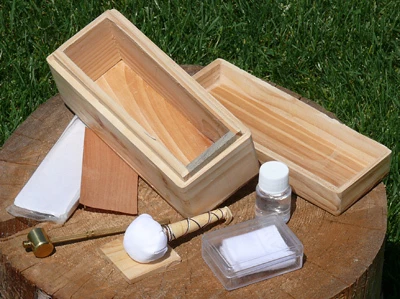
There is a saying in Japan: “The sword is the soul of the Samurai.” And the samurai did take care of their blades accordingly. Today, samurai swords still deserve the same care. Blades made of carbon steel are subject to corrosion and must be regularly maintained.
Contents
Practical Tips for the Maintenance of Samurai Swords
A Japanese sword can be both a deadly weapon and a magnificent work of art, bringing its owner joy for many years if it receives proper maintenance. While the blade is the essential part, other parts of the sword need some attention as well. How to maintain a Japanese sword so that it retains its beauty and value for decades?
The most suitable way to maintain a samurai sword is special maintenance and preservation kits. We offer a few samurai sword maintenance kits from different producers in our portfolio.
How to Maintain the Scabbard?
The scabbard of a samurai sword (Saya) is usually covered with several layers of lacquer. For basic maintenance, it is sufficient to wipe the scabbard from time to time with a soft dry cloth to remove dust. If the sword is stored in a fabric scabbard, that is typically delivered with every good quality sword, then the scabbard requires no cleaning at all. When manipulating with the scabbard, hold it by the wrapping, so that you minimize the risk of scratching it.
DID YOU KNOW... the greatest danger to a Japanese sword is the human hand? A few drops of blood or sweat on the blade will start a dangerous corrosion process. When handling the sword, you should use cotton gloves, and check the blade in a standard way, not using your hand or a glove.
Excessive moisture or temperature can also negatively impact the scabbard. When storing the sword for a long period of time, put silica gel packets (or other moisture absorbers) into the wooden scabbard. To prevent the deformation of wooden case due to moisture or heat, store it in a dry and cold place.
Keep your katana blade maintained and within the scabbard, except for the times you or your friends want to inspect and admire it. If the blade is in the scabbard, it is better protected against dirt, and the form of the scabbard will be better preserved.
How to Maintain the Sword Blade?
If you want your Japanese sword to retain its quality and its beauty, proper maintenance of the blade is essential. Do not experiment. Do not use abrasive products to polish the blade, which can leave permanent unsightly scratches on the surface.
Maintenance is easier with a suitable blade cleaning kit. It will allow you to maintain the weapon in the same way, in which it was maintained centuries ago by Japanese swordsmen.
DID YOU KNOW... the most expensive katana is worth 100 million USD? But you don't need to be obscenely rich to get your own katana. Check out our affordable katanas that offer a good compromise between price and the quality of craftsmanship.
You should maintain your sword at least once every three months, even if you have not used or unsheathed your weapon.
If you use your katana on a regular basis, you need to be even more careful with maintenance. Ideally you should maintain the blade after each contact with a human palm. Human sweat is very aggressive in its chemical composition towards carbon steel and it can leave permanent marks on the steel.
Maintenance Step-By-Step
- First, use rice paper or a cotton cloth to remove the previous oil and other accumulated dirt from the blade. Hold the sword with the blade pointing away from the body.
- Then tap the polishing powder onto the blade (always at a distance of approx. 3 cm) so that the powder evenly covers the surface. The first time you use it, you will probably have to tap the powder ball more times, so that the required amount of powder is released.
- In the next step, take a piece of rice paper or soft cotton cloth and gently polish the blade covered on both sides with powder. This will also remove the powder and any residue from the blade. Repeat this step if necessary. Do not inhale the polishing powder!
- Next, you need to apply oil to the blade. It is recommended to apply a few drops of oil onto the blade and then use rice paper or a non-absorbent cloth or sponge to spread it. Avoid touching the blade with your bare hands. Also, do not breathe on the blade: the moisture in your breath will condense on it.
DID YOU KNOW... katanas are a valuable commodity among (not only) Japanese history fans or collectors of cold weapons? Find out why katanas are so popular!
Always Display Katana with the Sharp Edge Upwards
If you have followed all the above instructions, the maintenance is now complete. Put the weapon back into the sheath and store it safely.
DID YOU KNOW... you can disassemble the katana without the assistance of an experienced craftsman? Watch the video or read our article on how to disassemble a Japanese sword.
Place the Katana with the sharp edge facing upwards. The opening of the scabbard can wear down over time and the sword may slip out of the scabbard. If you store the sword in the scabbard correctly, you are more likely to prevent it from accidentally slipping out. Another solution is to place the scabbard with the sword in
a katana stand.
Maintenance Should Be Done Regularly
The most skilled samurai knew that hours spent caring for their weapons could determine their success on the battlefield at a critical moment. Even the most exquisite sword will one day turn into an unsightly junk if you do not give it proper care.
So do not forget to maintain your katana regularly! The effort will pay off - your sword will be a true gem and the pride of your collection of historical items! If you are still considering buying your first katana, make sure not to forget about accessories that may come in handy. With proper care, a katana will look like brand new even after many years!

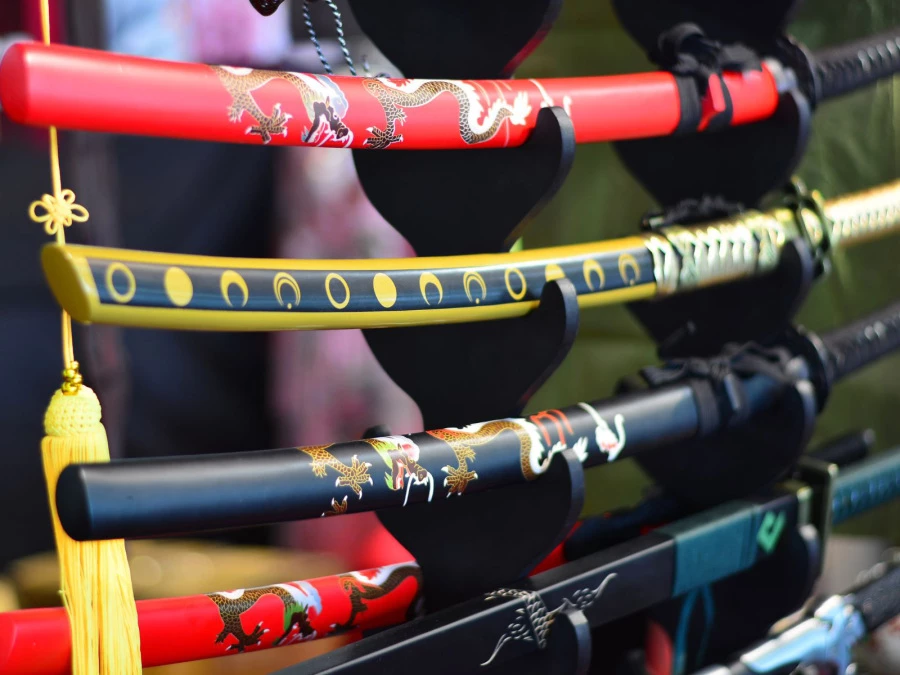
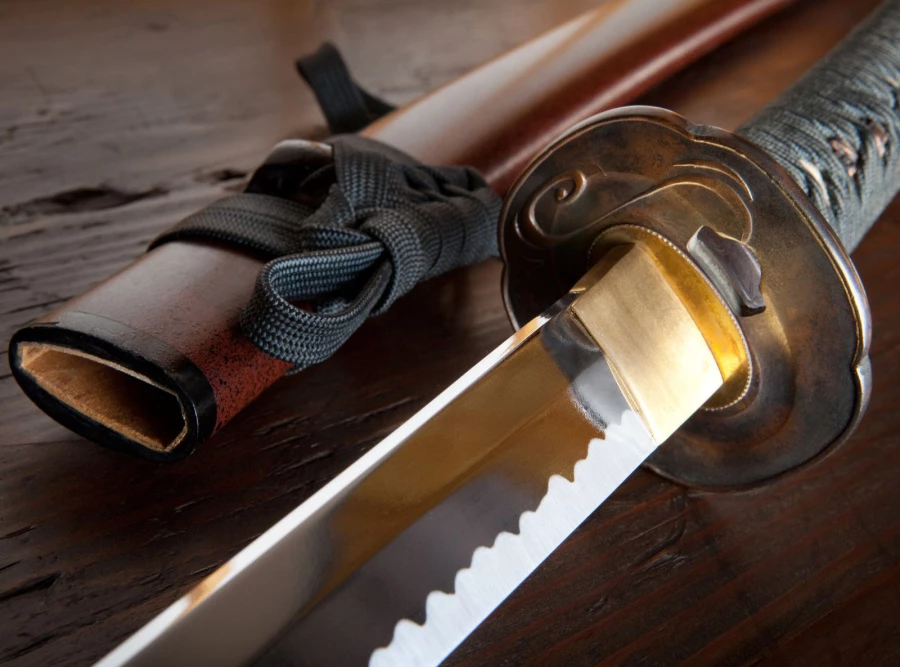
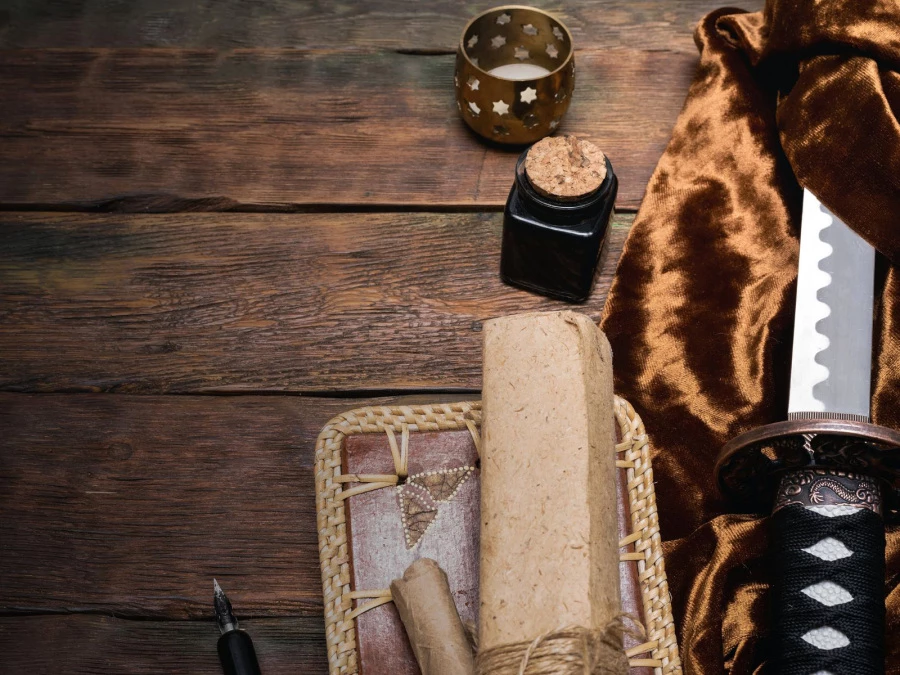
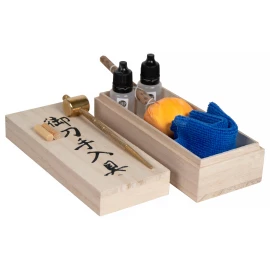
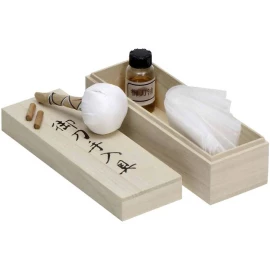
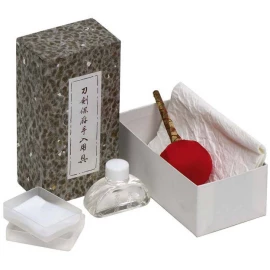
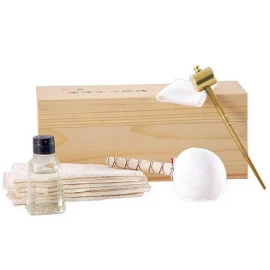
Comments